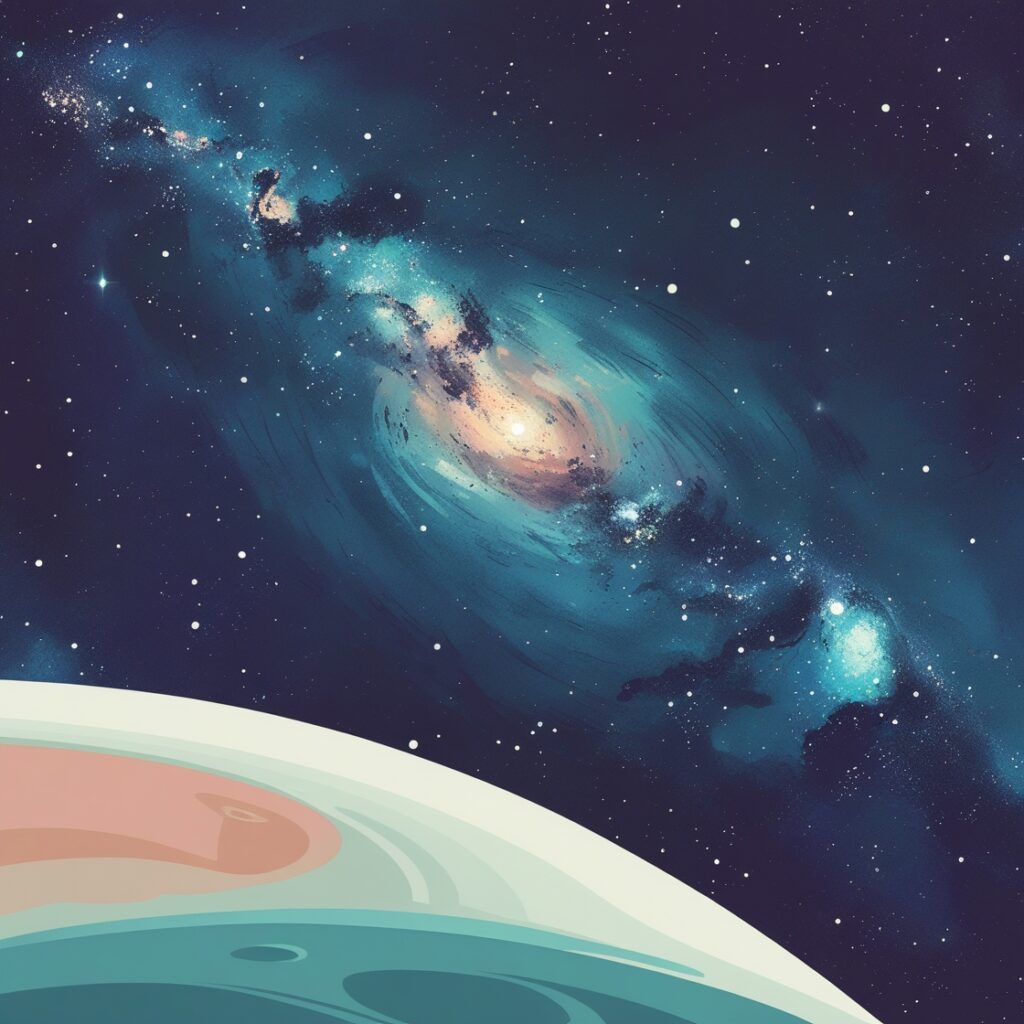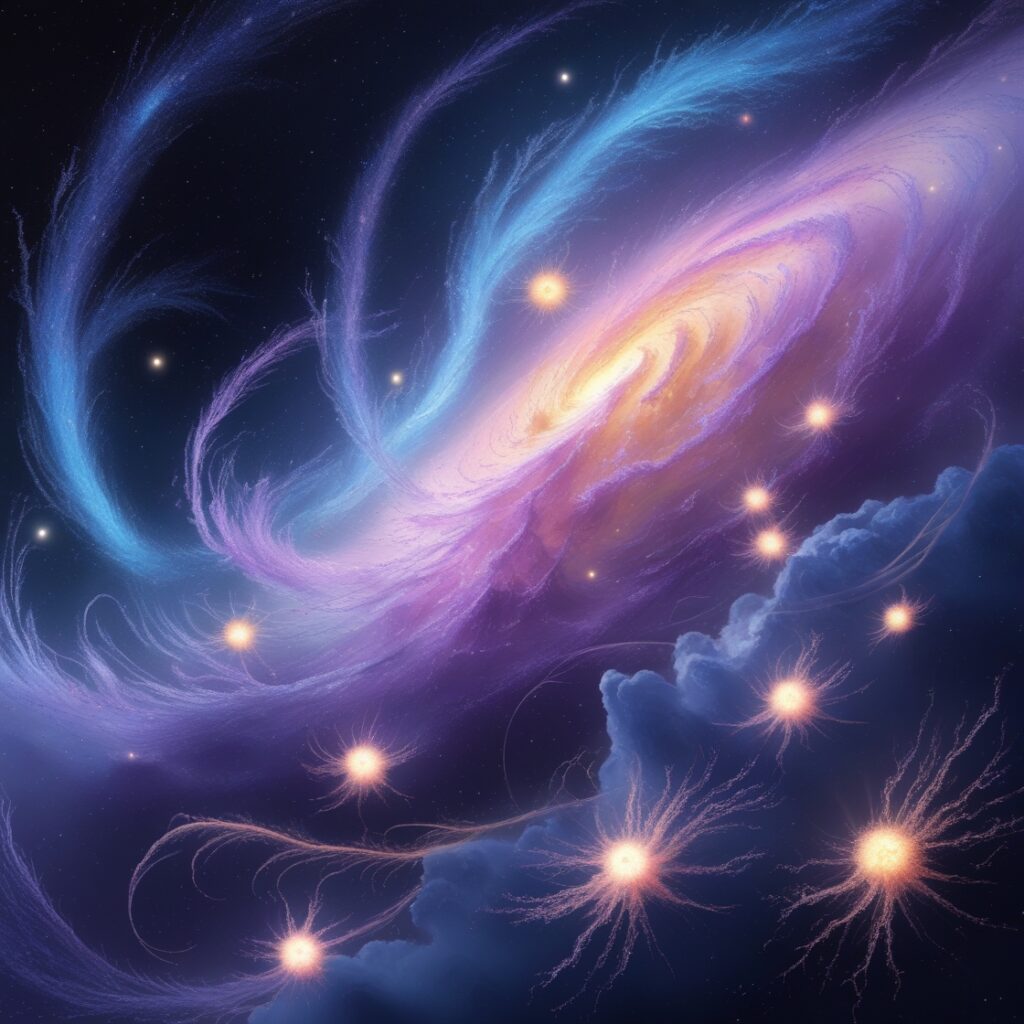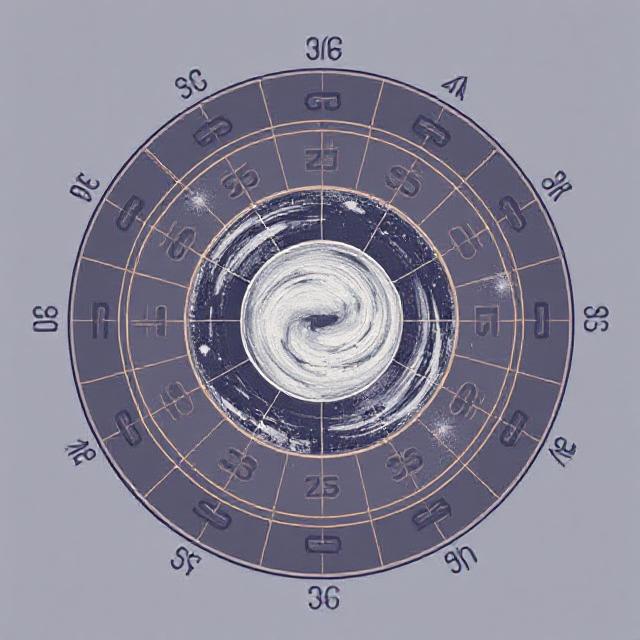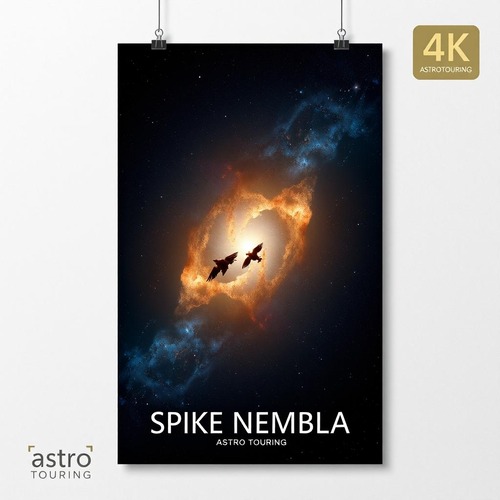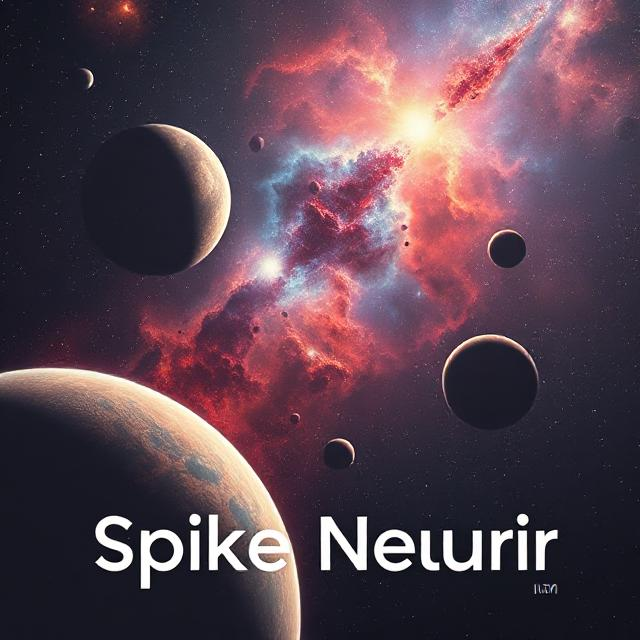Numerous Nearby Stars Exhibit Evidence of Consuming Young Planets
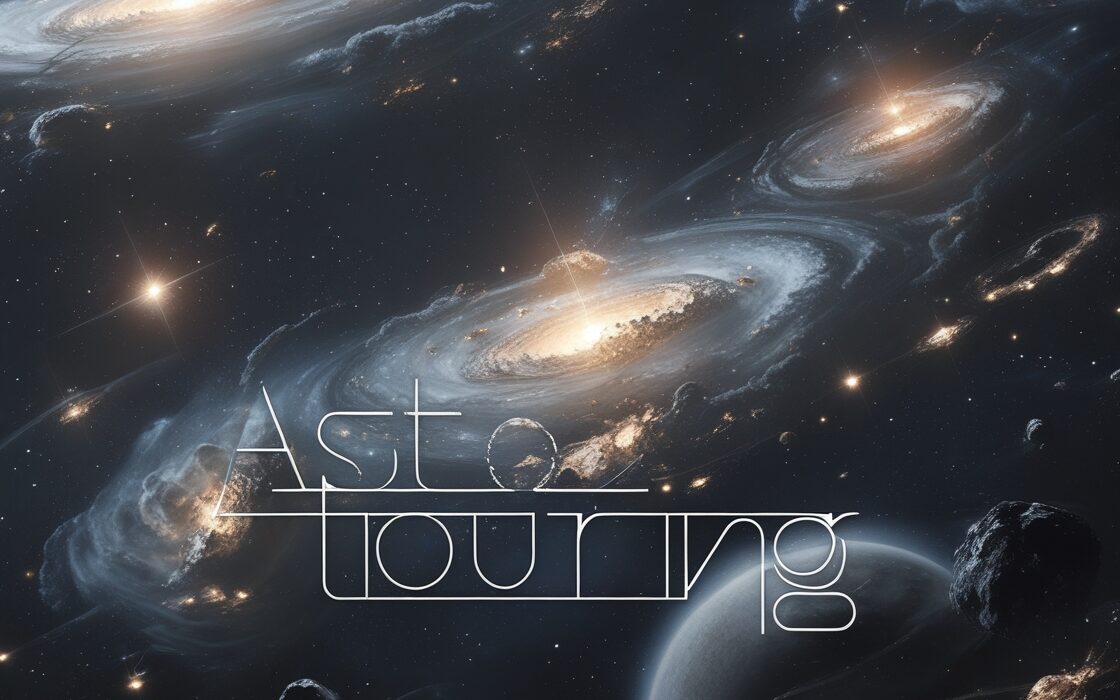

The Cosmic Feast: Unveiling Planetary Ingestion
Introduction: The Stellar Banquet
In the vast universe, stars and planets engage in a complex dance of creation and destruction. While some celestial bodies are flung into the depths of space, others meet a different fate—being devoured by their own stars. Recent research has shed light on this phenomenon, known as planetary ingestion, offering a glimpse into the dynamic and occasionally violent histories of star systems.
A Glimpse into Star Systems
Understanding the Stellar Menu
A groundbreaking study conducted by a team of astronomers, led by Fan Liu from Monash University, explored 91 star systems to uncover evidence of stars ingesting planets. By examining the chemical compositions of these celestial bodies, the researchers discovered that about 8% of nearby stars exhibited signs of having consumed planetary matter. This intriguing finding suggests that one in every twelve stars might have feasted on a planet at some point in its existence.
The Dance of Co-Natal Stars
Twins in the Cosmic Ballet
Stars often form in pairs, known as co-natal stars, which originate from the same region and era. These stellar twins should ideally share similar chemical compositions. However, Liu’s team identified discrepancies in the elemental makeup between paired stars, particularly in elements like iron, nickel, silicon, and aluminum. Such anomalies hint at the ingestion of a planet, as these heavier elements are typically abundant in planetary bodies.
Investigating the Evidence
Unraveling the Chemical Clues
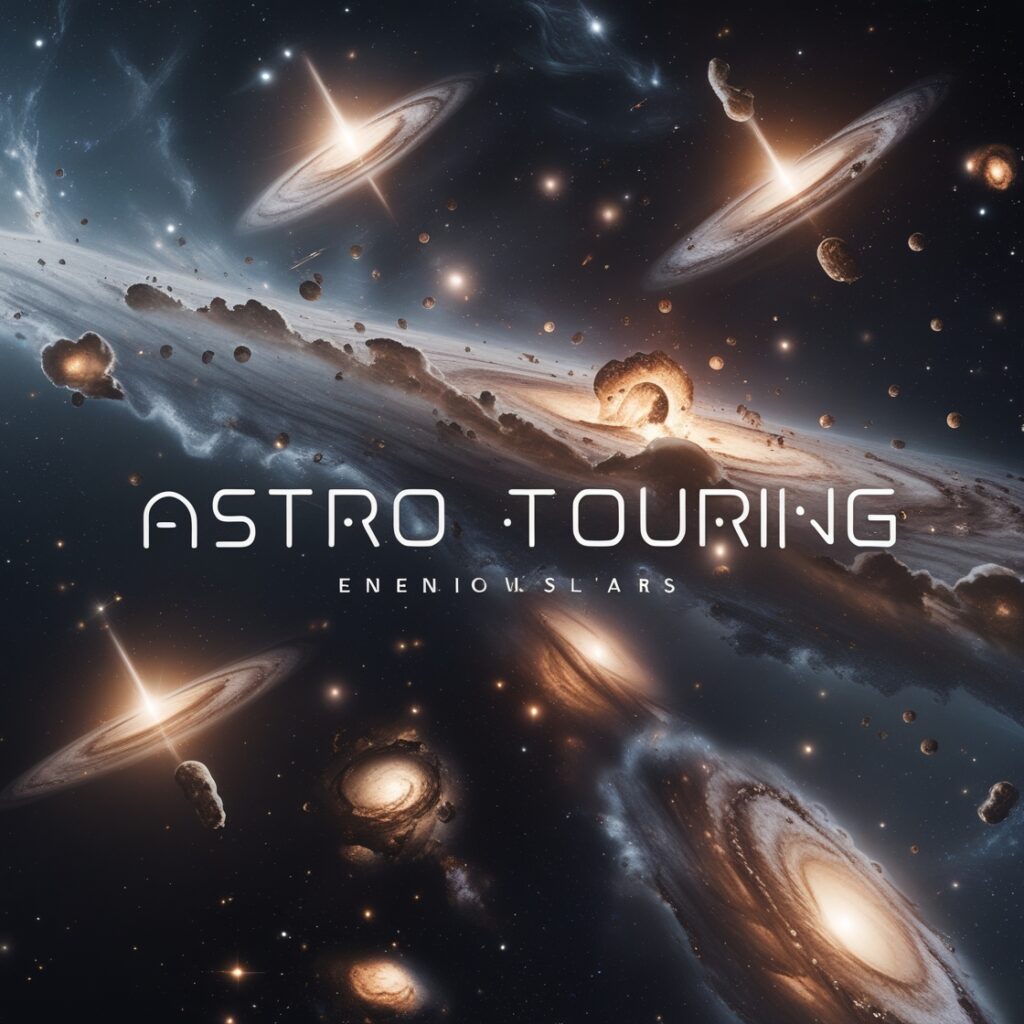

The study’s findings were based on the analysis of the stars’ spectral lines, which correspond to specific elements. A star’s spectrum can reveal a lot about its history and the materials it has absorbed over time. By identifying stars with unusual elemental ratios, the researchers could pinpoint those that might have engulfed a planet.
The Role of Radial Velocity
Exploring Gravitational Influences
To further understand the dynamics of these star-planet interactions, Liu’s team is pursuing radial velocity studies. This technique measures small shifts in a star’s light spectrum to detect gravitational influences, which could indicate the presence of outer bodies or perturbations affecting the star-planet relationship.
The Sun’s Peculiar Case
Our Star’s Unique Story
Interestingly, while our Sun displays some unique chemical signatures, it shows no evidence of having ingested a planet. This adds another layer to the puzzle, highlighting the diversity and complexity of star systems throughout the cosmos.
Future Explorations
Probing the Mysteries of Cosmic Cannibalism
As astronomers continue to delve into the phenomenon of planetary ingestion, they hope to uncover more about the ancient histories of stars and their planetary companions. These studies not only enhance our understanding of how stars evolve but also open up new avenues for exploring the life cycles of celestial bodies in our galaxy.
Conclusion: A Tale of Cosmic Survival
The concept of planetary ingestion paints a vivid picture of the turbulent and unpredictable nature of the universe. By examining the remnants of these cosmic feasts, scientists can piece together the stories of stars and the planets that once orbited them, revealing a universe that is as complex as it is fascinating.



